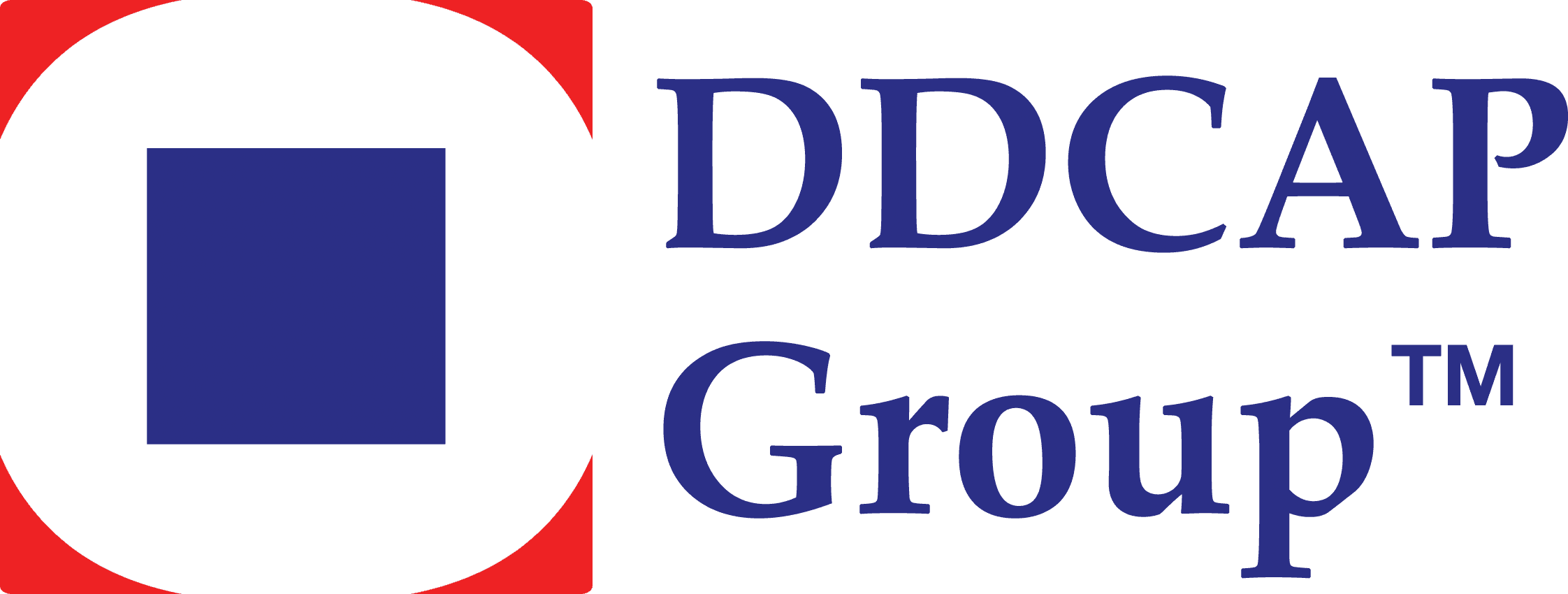Saudi Arabia’s Riyad Bank is the latest Saudi bank to boost its capital through the issuance of Sukuk following on from the Tier 1 US$1.25 billion Mudaraba Sukuk issued in January 2021 by National Commercial Bank.
In contrast, Riyad Bank opted for the local currency route when in February 2021 it successfully closed a SAR3 billion (US$799.52 million) Tier 2 capital eligible Sukuk, according to a disclosure to the Saudi Stock Exchange (Tadawul). The Sukuk was issued under the bank’s domestic SAR-denominated Sukuk Issuance Programme of up to SAR10 billion established in January 2021. The issuance was priced at a rate of return of 6 Months SAIBOR (Saudi Interbank Offered Rate) plus 150 basis points (bps).
Riyad Bank last issued a US dollar Sukuk in the international market in February 2020 when it issued a US$1.5 billion Sukuk with a rate of return of 5-Year Mid Swaps (MS) plus 180 bps. That issuance was more than seven times oversubscribed. The Sukuk certificates have a tenor of 10 years callable at Year 5, subject to the terms and conditions of the Sukuk. The Sukuk may be redeemed prior to the maturity date in certain cases due to a capital disqualification event, a tax event, an event of default, or an issuer call option.
The demand similarly for the latest SAR3 billion offering despite the negative impact of the COVID-19 pandemic, was robust. According to Saudi banking sources, this trend is likely to continue through 2021 as the major banks in the Kingdom work through the ongoing economic and social impact of the pandemic on the financial sector.
Tariq bin Abdul Rahman Al-Sadhan, CEO of Riyad Bank, in a recent interview with the local Al Bayan magazine, confirmed that “dealing with the consequences of the Covid-19 pandemic was certainly not easy, and this required special and exceptional measures with regard to the banking sector. However, the Saudi banking sector proved during the pandemic a solidity and durability that reflected the strength of the sector and its ability to overcome challenges and contain crises.”
Riyad Bank mandated its investment banking arm, Riyad Capital, in early January 2021 as the Sole Lead Manager and Arranger, and Dealer for the transaction. This after getting shareholder approval to establish the Sukuk Issuance Programme and issue a series of Sukuk under the Programme subject to market conditions, and approval from the Capital Markets Authority (CMA). The Sukuk was distributed by way of a private placement to “sophisticated investors in accordance with “Article 9 of the Rules on the Offer of Securities and Continuing Obligations.” The proceeds from the Sukuk issuance, said the Bank, will be used “to strengthen the capital base of the Bank, thus supporting the Bank’s financial and strategic needs.”
It is no secret that the operating environment for Saudi banks has been more challenging since Q1 2020 due to the impact of the pandemic and lower oil prices, resulting in heightened pressure on the sector’s asset quality and profitability.
In a recent report, Fitch Ratings noted that “strong loan growth observed in the first 10 months 2020 (12.7%) from the sustained momentum in retail mortgages, combined with an operating environment showing signs of recovery, have supported the banks’ financial metrics but delayed recognition of impairments, a tempering of credit growth and increasing government fiscal consolidation measures are key downside risks.”
The true impact of asset quality deterioration following the economic downturn, explains Amin Sakhri, Director at Fitch Ratings in Dubai, will become visible in 2021 following the end of financing deferral programmes and regulatory flexibility for banks to recognise impairments, although the deterioration is expected to be moderate.
“This,” he adds, “will be visible in higher impaired financing ratios and financing impairment charges (FICs). Increased restructuring will mask the full picture. Pressures in the real estate sector due to oversupply, but also in contracting, retail, hospitality, transport and aviation will continue for the next few years. Stage 2 financing ratios have increased and vary across Islamic banks. These are still not yet fully comparable between banks, but some are high, indicating potential for high asset quality pressure. Credit concentration remains the main risk.”
Riyad Bank for instance, reported impairment charges for credit losses for the year ended 31 December 2020 at SAR1,987 million compared to SAR970 million for the previous year. Total operating profit increased by 4.55% in 2020 to SAR11,205 million from SAR10,717 million in 2019. However, net profit after Zakat and tax declined by 15.83% to SAR4,715 million from SAR5,602 million for the same period. But total asset increased by 16.66% to SAR310,088 million from SAR265,789 million, and loans and advances increased by 9.98% to SAR191,347 million from SAR173,982 million.
Apart from measures to protect staff and premises, supporting clients and customers and contributing to the national economy and its post-COVID recovery, the other major impact of the pandemic, according to CEO Al-Sadhan, was for Riyad Bank and other Saudi banks “to accelerate our steps in digital transformation and enrich the customer experience by providing new and innovative concepts for banking that give them tangible savings in effort, time, efficiency, and added value.”
However, it is based on the principle of development and not branch closure or cancellation. “Digital transformation is a comprehensive and broad concept to bring about a qualitative change in the banking industry. We believe that banking branches will take another form within this concept in terms of form, content, work mechanism, service delivery and meeting customer needs by increasing the self-implementation, immediate and safe Banking operations in a more interactive manner, but this approach must be implemented in a deliberate and gradual manner to ensure a smooth transition.”
The bank, in fact, has launched a long-term strategy based on four pillars of excellence: i) customer choice and experience; ii) digital empowerment; iii) high profitability; and iv) greater efficiency.
